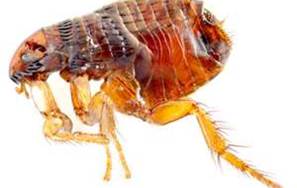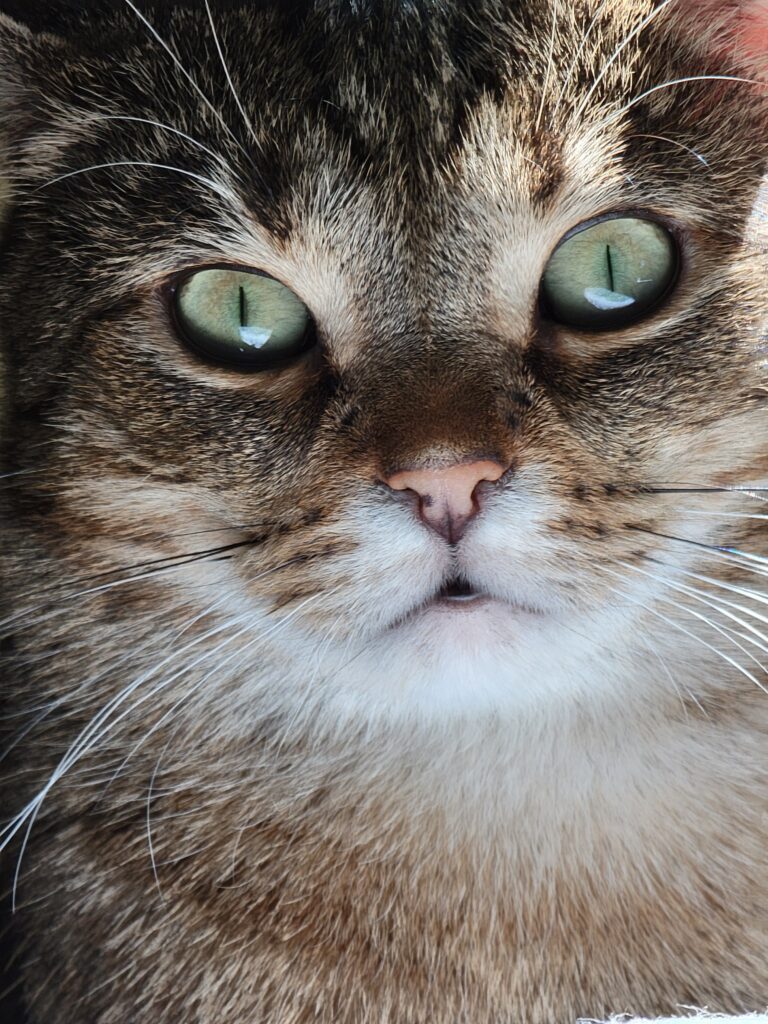
Quick Course "WHAT'S BUGGING YOU?"
FLEA!
Ctenocephalides felis, Feline Flea
We receive most of our calls for fleas towards the end of their season. This is Primarily due to repeated home remedies failing and at a far greater cost than professional services.
Don't be fooled by short periods of inactivity though. This is very normal throughout the year as temperatures and humidity fluctuate. Ctenocephalides felis is one of the most abundant and widespread species of flea
Several Diseases are associated with the flea
•The Plague
•Hanta-Virus
More common diseases in Wisconsin are: Bartonella, murine typhus, tapeworm Dipylidium caninum can be transmitted when a flea is swallowed by pets or humans. In addition, cat fleas have been found to carry Borrelia burgdorferi, the etiologic agent of Lyme disease, but their ability to transmit the disease is unclear.
Majority of an established flea population will be in the form of Larvae and Pupae (cocoons). The pupae can lay dormant for up to 18 months. Eggs for less than three weeks.
Prevention of fleas
The best way to control fleas is to prevent their entry in the first place
Have a veterinarian recommend the proper preventive option for any pets that go outdoors. Spot-On treatments have been a very reliable remedy.
Environmental practices can be equally important.
1. Make sure pets do not roam beyond your own property. Cats do not read turf application signs and are thus exposed to unknown chemical hazards. Bird feeders attract more than birds. Squirrels and chipmunks are a major source of fleas.
2. Discourage any nesting of rodents or other wild animals near or under structures such as decks and sidewalks. Trapping these animals may be an important part of an effective flea management program.
HOW WE GET ‘EM
1. We will first identify all potential sources and attractive conditions and make recommendations.
2. Evaluate the severity of the problem and determine the best plan of attack.
Typical control measures are.
1. The resident will need to vacuum all carpeting, flooring and upholstered furniture and beds with-in 24 hours of service. Pay particular attention to higher roosting spots of cats such as bookshelves. Wash or dispose of all pet bedding. Empty vacuum cleaner bag/canister and dispose of immediately after each use. Have cold air return filter of furnace cleaned/replaced? Make sure floor vents are vacuumed out as well.
2. Have flooring including in closets and basements, cleared of smaller items such as toys, magazine racks etc. Make sure bare floors are wet mopped prior to service.

We will move major furniture as part of service
3. Spectrum Pest Control will then apply an exclusive method, a green certified or botanical product, along with at least an I.G.R. ( Insect Growth Regulator) to all floor surfaces and under cushion areas of upholstered furniture. Bedding and seating areas of furniture are NOT treated. During warmer months we can also treat property where needed as both curative or preventive.
4. People and pets will need to vacate for up to 8 hours to allow surfaces to completely dry. Wait two days before vacuuming, then vacuum all areas as above daily for 21 days. This both stimulates the cocoons to hatch thus exposing more fleas to our product as well as remove food source of larvae. In severe cases, we schedule a 14-21 day follow-up where we at least treat “hot spots” of activity.
*All our Flea services have at least a six-month re-service warranty.
